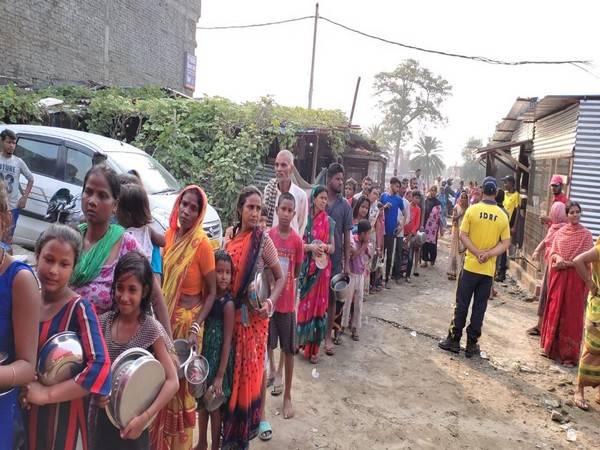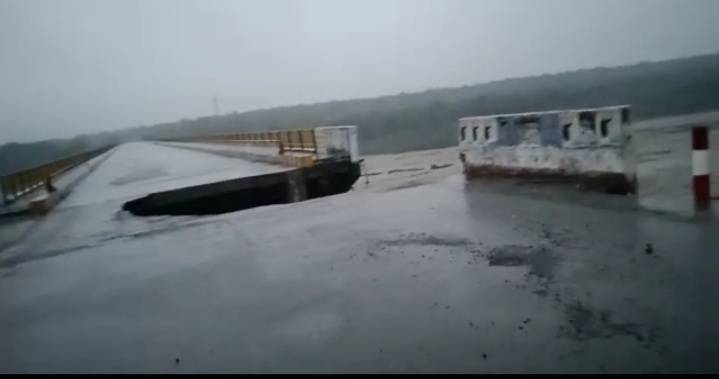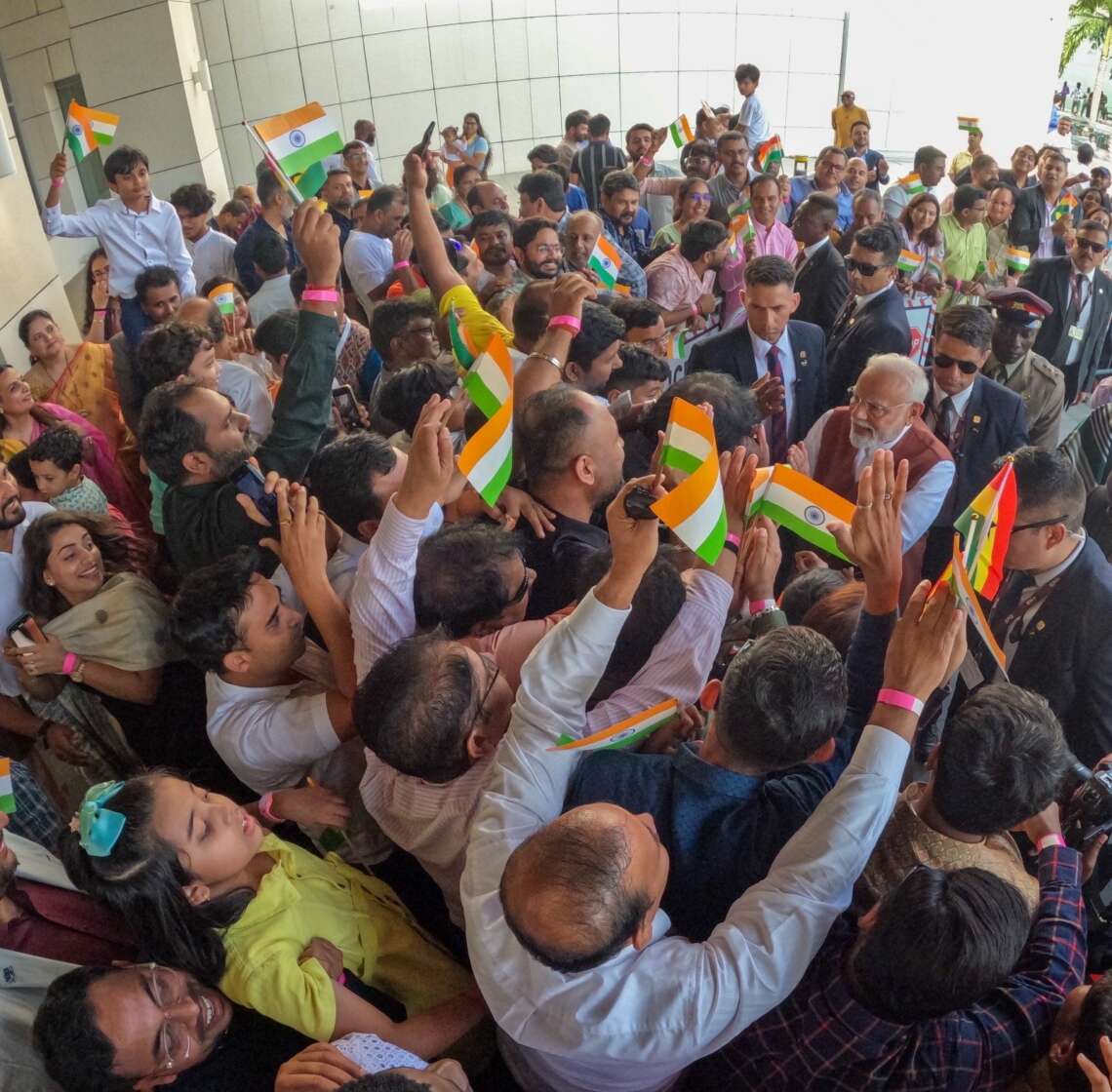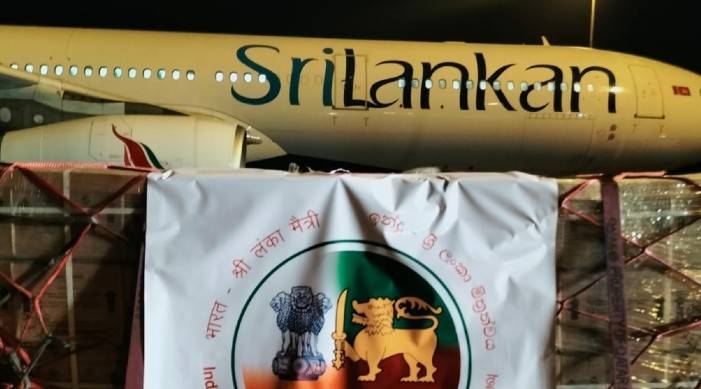For Uttarakhand as a whole, it was 192.6 mm rainfall against 31.2 mm for the October 1 to 20 and of this, 122.4 mm rainfall fell in the 24 hours as mentioned above….reports Asian Lite News
The rainfall data in Uttarakhand, till October 20, has shown that two districts witnessed 1,000 plus per cent departure from normal, four witnessed 500 plus per cent departure from normal while six saw over 100 per cent departure from normal rainfall.
With the withdrawal of monsoon delayed, there was rainfall on and off even after September 20 but on October 17 and 18, several districts of Uttarakhand received excessive rainfall, especially in Kumaon region, with Mukteshwar breaking a 107-year-old record. Heavy to extremely heavy rainfall over 24 hours till Monday morning had led to loss of over 50 lives due to massive flooding, landslides, not to mention, damage to infrastructure in large parts of Uttarakhand.
The India Meteorological Department (IMD) data for 24 hours ending at 8.30 a.m. on October 19 had shown over dozen places received rainfall in excess of 200 mm to 300 mm, and few even more than 500 mm. Now, cumulative data from October 1 till 20 for Uttarakhand’s 12 districts shows that they witnessed massive departures from what is supposed to be normal rainfall — or the difference between actual and long period average — for the duration.
Between October 1 and 20, Almora district received 261.4 mm rainfall against the normal of 21.1 mm, which is a departure of 1,139 per cent over the normal, Bageshwar 262.1 mm against 21.1 mm normal (1,142 per cent), Udham Singh Nagar 353.6 mm against 36.5 mm normal (869 per cent), Nainital district 406.2 mm against 41.4 mm (881 per cent), Chamoli 187 mm against 20.9 mm (795 per cent), and Champawat 452.1 mm rains against 57 mm normal (693 per cent departure).
Pauri Garhwal district witnessed 127.8 mm rains against 22.9 mm (458 per cent departure), Rudraprayag 126.2 mm against 23.7 mm (433 per cent), Pithoragarh 228.4 mm rainfall against 47.1 mm normal (385 per cent), Tehri Garhwal 95.5 mm as against 23.2 mm (312 per cent), Haridwar 49.8 mm rains against 17.1 mm (191 per cent) while Uttarkashi district received 81.7 mm as against the normal of 35.2 mm, (132 per cent).
For Uttarakhand as a whole, it was 192.6 mm rainfall against 31.2 mm for the October 1 to 20 and of this, 122.4 mm rainfall fell in the 24 hours as mentioned above.
Apart from the problems faced by the locals, there were reports of several tourists stranded at various places due to floods. Experts have cautioned the high intake of tourists without proper planning.
“There is a huge gap between planning and implementation. For instance, rainfall patterns are changing, temperatures have been increasing along with extreme weather events. Policymakers should be well versed with the geology of the region, there is no denying the fact that development is needed,” HNB Garhwal University’s Head, Department of Geology , Professor Y.P. Sundriyal said.
Pointing out that there has been a manifold increase in the tourist arrival over the years, local environmental activist Atul Satti said: “Roughly counting, the state used to host around six lakh tourists per year, which has now increased to 15 lakh per year. With this, there has been an increase in vehicular pollution, river pollution, unabated construction activities, and commercialisation. Moreover, road widening projects and hydropower project construction have had a major impact over the region.”

“All these factors have contributed to the increase in temperatures along with a change in rainfall pattern. We now see incessant rains that go on for two to three days at a stretch, while several days are being left high and dry,” he said.
At least three important scientific reports, one by the Ministry of Earth Sciences (Assessment of Climate Change over the Indian Region), second by the International Centre for Integrated Mountain Development (Climate Change in Hindu Kush Himalayas) and the latest by the Inter-governmental Panel on Climate Change (Assessment Report VI of the Working Group I – AR6WGI) have all warned of dire consequences for the Himalayan region and how there would be erratic precipitation in wake of the climate change.
While the experts are as yet divided over whether October 17-18 extreme rainfall event can be attributed to climate change phenomenon directly, no one denies the fact that the signals that all the scientific reports warned of are clear and present, more so in the Himalayas.













